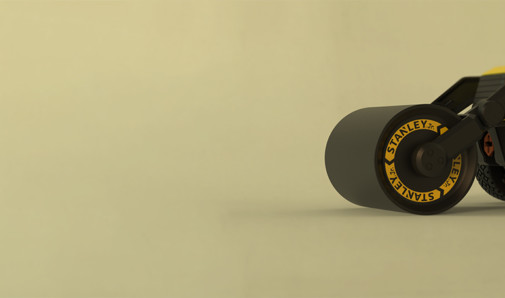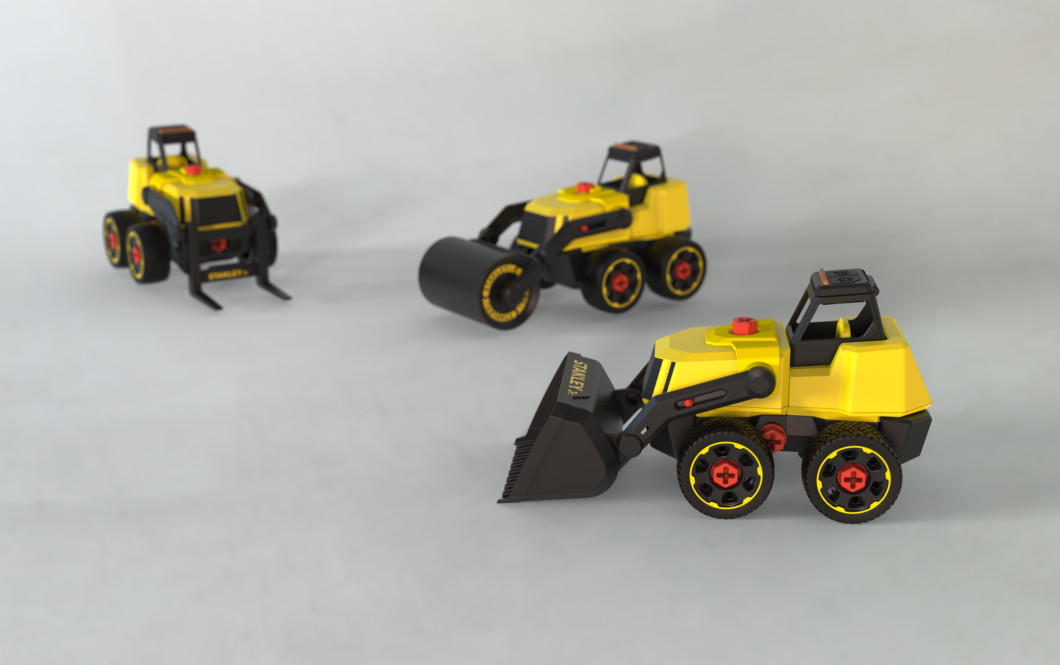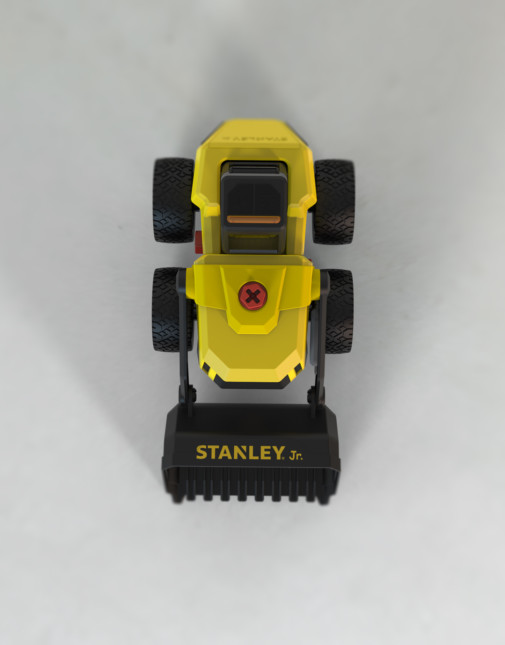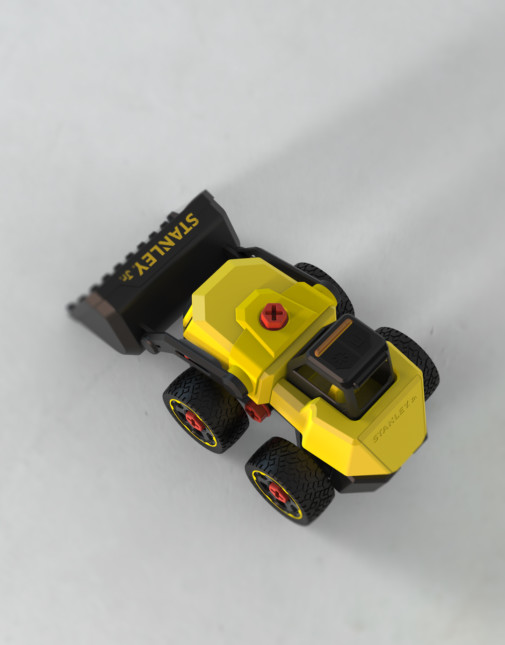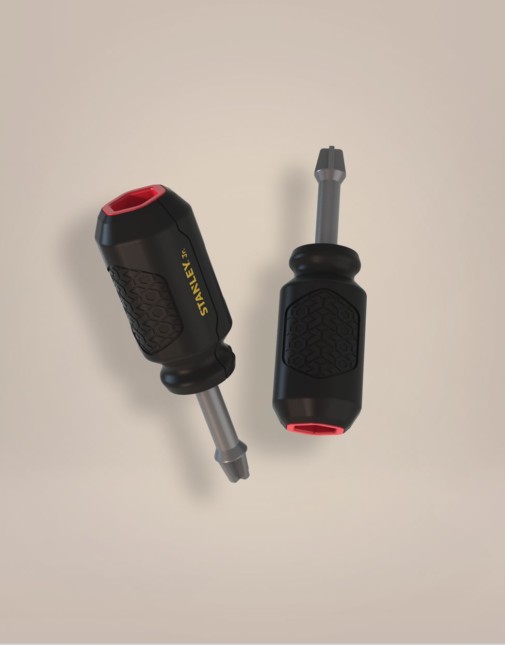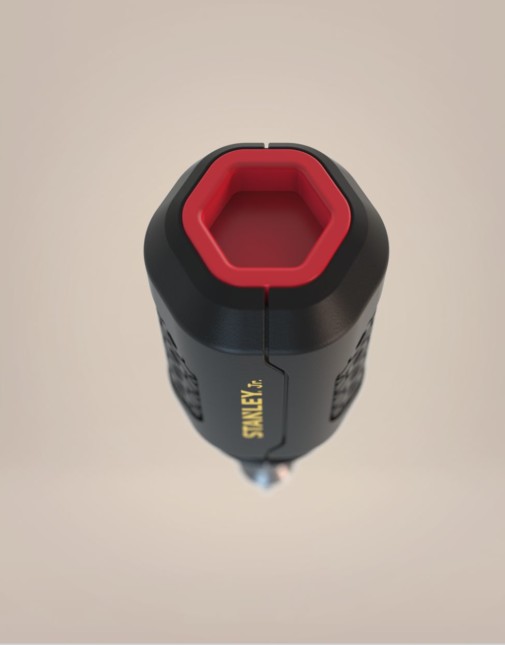Front Loader
Client
Stanley Jr.
Disciplines
Product strategy
Industrial design
Production support
Package design
Awards & Publications
Fatherly Favorite New York Toy fair
Popular Mechanics Magazine
Front Loader, Assembling Toy
An Excavator toy, part of a design and engineering project for a series of modular vehicles for assembly as part of the Take-Apart (TAP) toys category. The series is intended for ages 3-5 and is adapted to their motoric skills. In the project we created 6 vehicles: a Dump truck, a Front-loader, a Bulldozer, an Excavator, a Cement truck, and a Garbage truck.
The series of vehicles that we have designed is modular (Patent Pending), parts of different sets can be exchanged to create new and imagined means of transportation - something that maintains interest over time and encourages independent thinking and free imagination. As part of the differentiation and adaptation to the brand, we combined mathematical foundations and elements from the company's work tools such as leveler, protractor, volume meter, etc. These elements were simplified and adapted to each tool in the series according to its structure and the way it works. Applying these principles allowed the toy series to become a member of the STEM (Science, technology, engineering, and mathematics) toy category and gave them additional advantages for the user audience and additional uniqueness over the competitors.
This toy has three interchangeable attachments - a tractor bucket, a road roller drum, and a forklift. The advantage of this proposal is in the multiplicity, which changes the essence of the tool. This solution comes to meet the customer's need to compete effectively in tenders by offering maximum value for a minimum of parts in one set or alternatively to enable cost-effective production and effective pricing of three different products, sold separately.
To the tractor arms we added a leveler in the form of a red ball rolling in a groove, as an abstraction of the level bubble of the adults' work tools. The ball rises and falls inside the groove with each raising and lowering of the arms and provides an educational indication to the concept of "angle".

